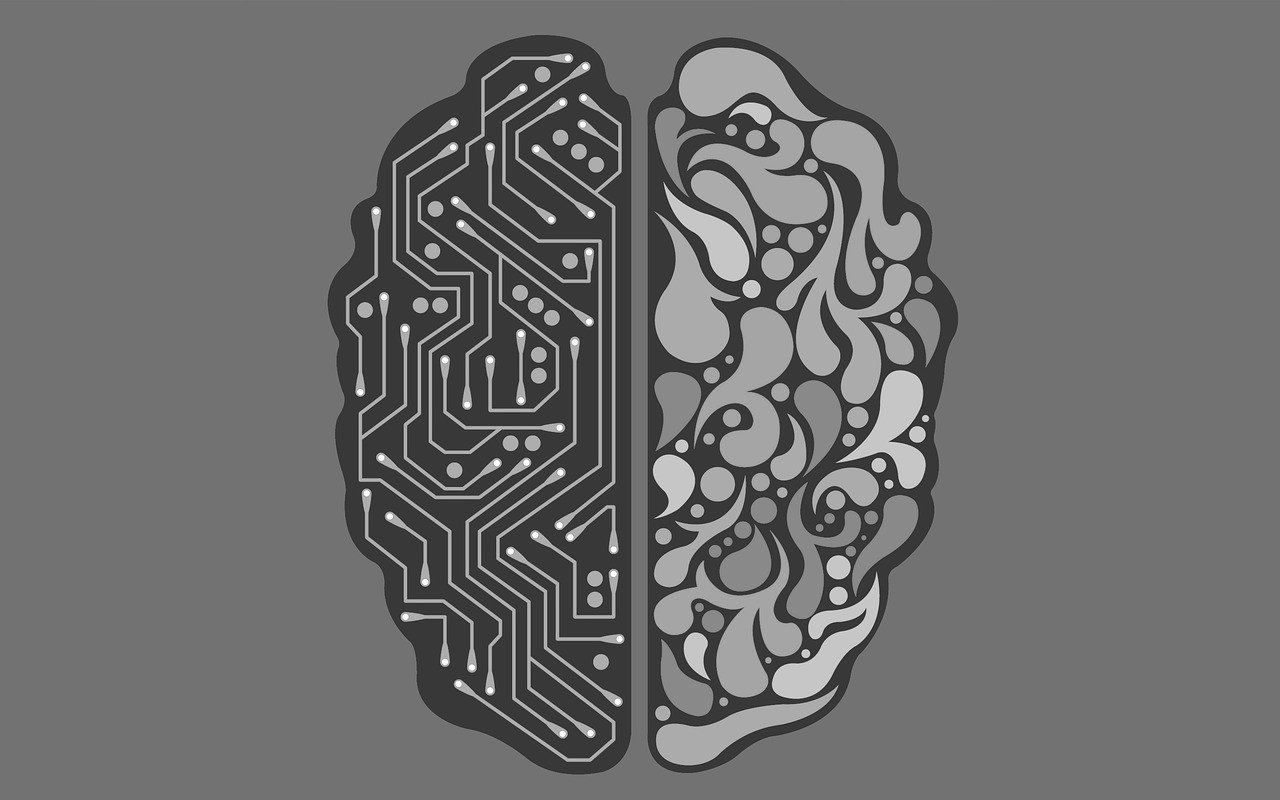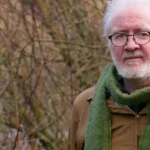AI vs Surrealism: The Future of the Mind

The nature of art has always been that of a mirror reflecting the innermost thoughts and desires of humanity, and this is perhaps nowhere more true than in the genre of surrealism. A 20th-century art form with its roots in France, Surrealism was a means for artists to rebel against conformity and the conventional structures of society, freeing their minds to explore new possibilities and avenues of thought.
It was French poet Andre Breton who described surrealism as “pure psychic automatism, by which one proposes to express, either verbally, in writing, or by any other manner, the real functioning of thought. Dictation of thought in the absence of all control exercised by reason, outside of all aesthetic and moral preoccupation.”
Indeed, Surrealism as a genre spans not just written or visual works but any form of creative output. It is all about artists rejecting tradition and tapping into a deeper form of the subconscious, often referred to as the collective unconscious. It is from here that artists try to draw out ideas and present them in their most raw, abstract form. Without the confines, parameters or context of larger societal structures.
“What appealed to me in Surrealism is that it made for freedom of thinking,” are words from Irish sculptor Frederick Edward McWilliam describing what drew him to the movement. Other famous surrealist artists include the aforementioned André Breton, Salvidor Dalí and Pablo Picasso.
This idea of artists pulling from a collective unconscious, by a strange twist of fate, has a remarkable overlap with the recently developing trends in AI image generation. Or to put it in layman’s terms – AI Art.
AI image generation, like the kind used by research companies like OpenAI (the minds behind ChpatGPT) works by training its software on large swaths of data, in this case artwork, and making new connections based on this preexisting information in the form of new artworks. As the software has no intentions or preferences beyond what has been programmed into it, the connections become a new form of unconscious inspiration. Artworks are produced by drawing ideas and images from the collective sea of what has come before and presenting them in new, raw and unexpected ways.
Additionally, as AI software is still in its nascency, the images often has a slightly off, or not-quite-right quality to it. It has been noted by some that this actually increases the surrealist nature of this imagery, adding to the layers of abstraction and dreaminess.
Whether or not these artificially generated images can count as a new form of surrealist artwork is a matter of debate within the industry. With some saying that the work lacks the political intent and social context of the original Surrealist movement, while others claim that they carry their own unique intentions regardless of human oversight.
“So the surrealists are trying to do something that was really weird, whereas AI is trying to be normal and feels off. I think the Surrealists would be disgusted if they thought that you were comparing their work to AI, because that’s exactly what they were trying to contradict. The norms of society. They were trying to be radical whereas AI isn’t,” said Dr Riann Coulter, vice-chair of the Irish Museums Association and curator at F.E. McWilliam Gallery.
Dr Coulter is a curator of modern art and a leading expert on surrealism in Irish art. When asked for her take on the matter of Surrealism vs AI, she was keen to stress the political background that laid much of the foundation for the Surrealist movement.
“Certainly the movement was very political. The individuals weren’t necessarily all very political, but I think surrealism as an art movement certainly did really expand our ideas of what art is. Surrealism was political and it was sort of associated with communism and anarchism. So it was really about changing things and breaking down barriers and breaking down ideas of rationalism.
“I mean it was a reaction. I mean, so much art of the 20th century was a reaction against the horrors of the First World War. Well, obviously you know what we’ve been doing all these decades, these centuries, has ended up in this mass slaughter, you know. So we got it wrong, you know kind of thing. So civilization is wrong. So how can we, you know, know where can we go to find something different? And that’s why they did.”
By being forged in the crucible of fire that was Europe in the mid-20th century, the Surrealist movement was a rejection of the societal structures that had been thought to lead to disaster and to instead focus on innermost truths. AI, as it is seemingly powered by faceless algorithms, lacks this specific drive. Meaning that its recreation of Surrealist images can only capture the aesthetic but not the purpose.
“So I think one of the problems is that surrealism is part of that knowledge. So surrealism is part of the canon. it’s part of our you know our knowledge and therefore part of the AI,” continued Dr Coulter.
“I think AI, in my limited knowledge, is trying to get somewhere which is kind of a norm. It’s trying to convince you that it’s got it right. It’s trying to create something. It wants to answer your question and get what you think is right, whereas actually artists are always trying to do something different. They’re always trying to rebel, they’re always trying to react against. They’re always trying to reject what came before them.”
“So the surrealists are trying to do something that was really weird, whereas AI is trying to be normal and feels off. I think the Surrealists would be disgusted if they thought that you were comparing their work to AI, because that’s exactly what they were trying to contradict.“
Dr. Riann Coulter
However, this criticism of AI’s seeming lack of social or political intention is not shared by everyone. Gabhann Dunne, a surrealist artist working out of Ireland, had different views on the matter.
“It does have intention. It does have intention if you tell it to. If you tell an AI system that it has to do everything in order to get something done, that’s its intention. It just can’t go outside of its intention. So there is intention in it. It just doesn’t have the capacity to create its own intention. But you could argue that human beings have less of that than they think. You know, through a combination of genetics and situation, that creates the choices that you’re going to make. There’s more illusion in choice than people think,” said Dunne.
“To go back to the surreal, is that the unconscious is by far the larger decision maker and quite often what’s happening is the unconscious has already made the decision and then it gives your consciousness an excuse of why you made that decision”
The artist went on to draw a link between the unconscious, automotive connections drawn by the AI and the collective unconscious as explained by the Surrealists.
“And the thing I that you could argue that all these banks of images, pieces put onto the internet, functions like an unconscious, in that all these things are sitting there.”
Instead of focusing on political or social messaging, Dunne chooses to focus on the time and craftsmanship inherent to traditional artworks. Those are the features, in Dunne’s estimation, that define a piece of art’s worth and separate it from AI.
“The difference is that there is not a conscious intelligence on the part of the AI. So all it’s doing is it’s got a program that runs through a series of images and is able to put them together in a particular way, and you could describe it as parasitic, as it kind of is.”
“Now there’s an argument that all art is based on the making of other people’s work, but there’s actually no making in it by itself. It’s just amalgamated. whereas in a practice like mine, you actually you spend time crafting it as well. There’s a mechanism that’s involved in the making of it. and there’s another part of it which is time as well, and time isn’t really involved that much in these kind of AI images.”
The last line of differentiation between traditional Surrealist Art (or any art for that matter) and its AI-driven counterpart is that of audience versus creator. Wherein does the meaning of art come from? Does it arise from the political background of the artist, or does it instead come from whatever subjective meaning an audience member can place on it from their own life?
People such as Dr Coulter have a clear value for the historical background of a piece.
“I think there are a lot of people, probably like me, who are sort of resistant to the idea of AI images to some extent. I mean, lots of artists used AI and you know, they use it very cleverly and very interestingly, but I suppose, because I am an art historian, part of my enjoyment of art is usually about the context in which it’s made and the artist’s intention and the artist’s own life. Whether it’s meant to be a political statement or whether it’s coming out of a cultural place,” said Dr Coulter.
Gabhann Dunne, however, puts much more stock into the audience’s perspective in these matters, claiming “The moment you put something on a wall as an artist, you’re giving it to other people as well and they’re fully entitled to take their own kind of meanings away from it.”
Adding onto this, Dunne clarified that he thinks some people come to art purely as an excuse to use the art to talk about themselves, rather than to engage with whatever the artist was trying to communicate.
“But I wonder how much most people do that. I don’t think they do. A lot of them, yeah, I think so. I think a lot of it has to do. The same thing is, people go to a fortune teller and they get told a fortune and they think that’s great, but in fact what they wanted was to talk about themselves for half an hour, because nobody wants to hear you talk about yourself for half an hour. So it’s a great excuse and I think it’s the same kind of thing.”
As AI software continues to grow and evolve, these lines of separation between AI driven art and human driven art will only continue to blur. Forcing artists, historians and the public to reckon with what it truly is that defines an artistic work’s merit.
To decide if the spark of creativity can arise from the software of the machine as naturally as it does from the grey matter of the brain, or if there is even a noticeable difference between the two.



